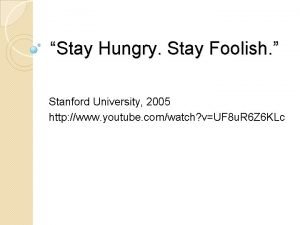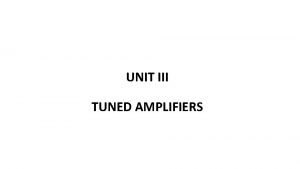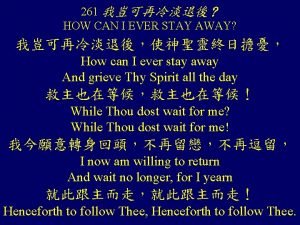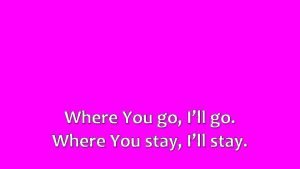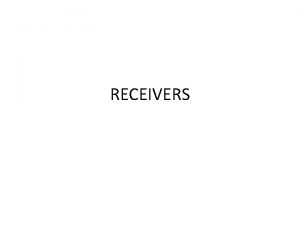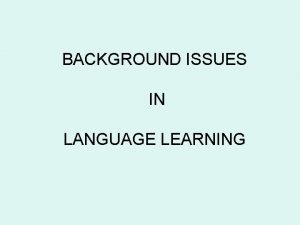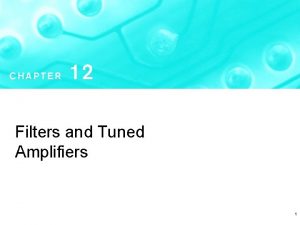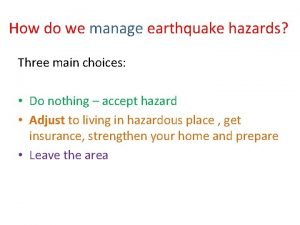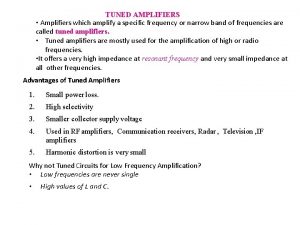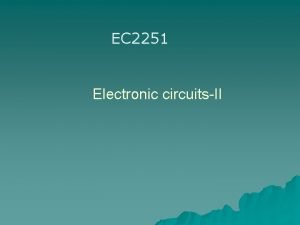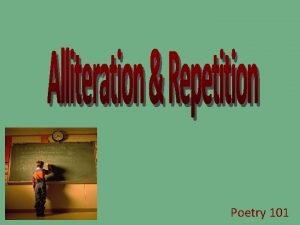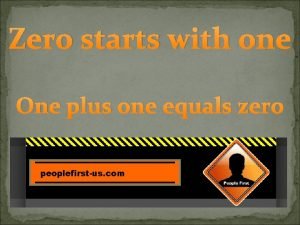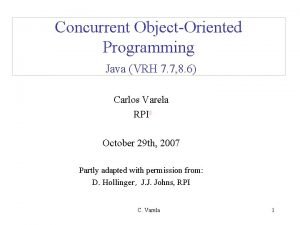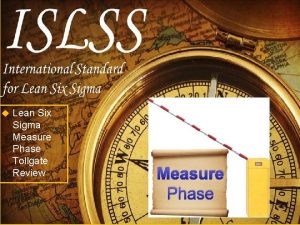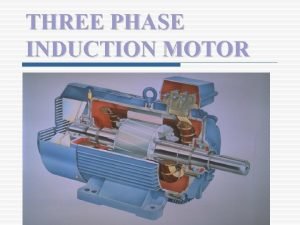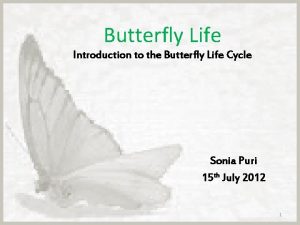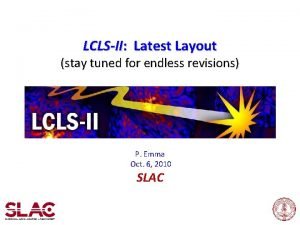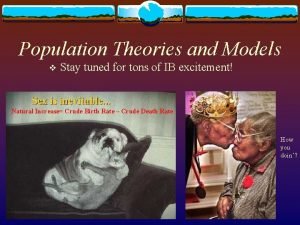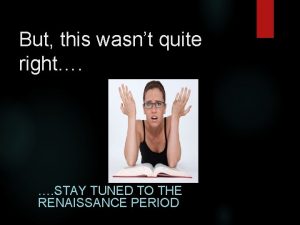STAY TUNED WHAT THE EQ Starts at 7





























- Slides: 29

STAY TUNED “WHAT THE EQ? ” Starts at 7: 30 pm Interested in sponsorship for the State Horse Shows or for Class Sponsor opportunities? For More Information Class Sponsorship Tammy Maslanik tgm 13@psu. edu 814 -865 -2247 CONTACT SOON TO GET THE CLASS YOU WANT!! Show Sponsorship Pam Nealer phn 158@aol. com 724 -541 -6395

WHAT THE EQ? OPTIONS FOR HUNTER SEAT EQUITATION CLASSES OFFERED IN THE PA 4 -H HORSE PROGRAM

HUNT SEAT EQUITATION CLASSES CURRENTLY OFFERED

• • Hunt Seat Equitation-flat-Junior Hunt Seat Equitation-flat-Intermediate Hunt Seat Equitation-flat Senior Low Equitation Over Fences-Junior Low Equitation Over Fences-Senior Equitation Over Fences-Junior Equitation Over Fences-Senior

v. Exhibitors may show in only one equitation class. Exhibitors may choose to ride in Hunt Seat Equitation on the Flat or one of the two Equitation Over Fences classes. • Exhibitors showing in the Low Equitation over Fences classes may also show in Low Working Hunter • Exhibitors showing in the Equitation over Fences may also show in the Working Hunter

HUNT SEAT EQUITATION ON THE FLAT • Class 44 - Hunt Seat Equitation on the flat. Junior Division (ages 8 -11) • Class 45 - Hunt Seat Equitation on the flat. Intermediate Division (ages 12 -14) • Class 46 - Hunt Seat Equitation on the flat. Senior Division (ages 15 -18)

WHAT IS BEING JUDGED? • Hunt Seat Equitation on the flat • NOT just a class the trainers created to have something more to teach – Only the rider is being judged – Horse’s way of going is generally determined by the riders correct use of aids, and overall correct and functional body position

CORRECT POSITION – Hands – Basic position – Position in motion

HANDS – Hands should be over and in front of horse's withers, knuckles thirty degrees inside the vertical, hands slightly apart and making a straight line from horse's mouth to rider's elbow. – Light contact with horse's mouth is required. – Relationship of hands to strength of position

BASIC POSITION – The eyes should be up and shoulders back. – Toes should be at an angle best suited to rider's conformation: ankles flexed in, heels down, calf of leg in contact with horse and slightly behind girth. – Iron should be on the ball of the foot.

BASIC POSITION (CONT) Body is broken into 4 parts 1. Leg-from the foot to the knee 2. Base of Support-from the knee to the hip 3. Upper Body-from the hip to the top of the head 4. Arms & Hands Each part must function independent of each other and they all must work together!! Form follows function

BASIC POSITION (CONT) Body creates 4 angles when riding hunt seat 1. Ankle Angle-closed angle 2. Knee Angle-closed when sitting 3. Elbow Angle-opens and closes at walk and canter 4. Hip Angle


POSITION IN MOTION – At the walk, sitting trot and canter, body should be a couple of degrees in front of the vertical – At the posting trot, and when galloping and jumping, the body will be inclined forward

TESTS AND/OR PATTERNS All riders exhibiting will be required to perform an individual test or pattern that the judge feels will demonstrate the rider's ability. Tests or patterns must be posted at least one hour prior to the start of the class. • In Breed Shows-called patterns-posted or handed out prior to the class, giving opportunity to practice • In USEF/USHJA shows, the judge tells the riders who are being tested, what they want to see done. Many times the riders don’t have to opportunity to consult trainers prior to testing

WHAT MIGHT BE EXPECTED IN THE TEST/PATTERN? • Tests will include one or more of the following skills: • halt 4 -6 seconds • back • walk or extended walk in a straight line or circle • trot or extended trot in a straight line or circle • turn on the forehand • sitting trot, posting trot, and/or two-point position in a straight line or circle • figure 8 or serpentine at trot demonstrating change of diagonal • canter in a straight line or circle • ride without stirrups, riders must be allowed the option to cross stirrups

TESTS/PATTERNS (CONT) • turn on the haunches no more than 180 degrees • figure 8 at a canter, demonstrating a simple or flying change of lead • serpentine at a canter on correct lead demonstrating a simple or flying change of lead • change leads on a line, demonstrating a simple or flying change of lead • counter canter • hand gallop


HUNT SEAT EQUITATION OVER FENCES • Class 47 - Low Equitation Over Fences Junior Rider • Class 48 -Low Equitation Over Fences Senior Rider • Class 49 -Equitation Over Fences Junior Rider • Class 50 -Equitation Over Fences Senior Rider


Exhibitors showing in the Low Equitation over Fences classes may also show in Low Working Hunter Exhibitors showing in the Equitation over Fences may also show in the Working Hunter

LOW EQUITATION OVER FENCES • Jumps will be about 2’ for small and medium ponies (13. 2 hands and under); about 2’ 3” for large ponies (over 13. 2 hands). • Jumps for horses will not exceed 2’ 6”. • There will be no oxers.

EQUITATION OVER FENCES • Jumps will be about 2’ for small ponies (12. 2 hands and under); and about 2’ 3” for medium ponies (over 12. 2 hands but not exceeding 13. 2 hands). 2’ 6” for large ponies (over 13. 2 and not exceeding 14. 2 hands) • About 3’ for horses • With oxers

• The class objective is to judge the rider’s ability over fences, not the horse’s ability. Rider should have workmanlike appearance with light and supple seat and hands, conveying the impression of complete control in any situation. Equitation will be judged on hands, seat, legs, use of aids and control.

HOW DO YOU CHOOSE? • Hunt Seat Equitation on the flat is the obvious choice for those members who do not jump or have just started jumping and are not yet ready to show over a course of fences. • Riders in the Hunt Seat Equitation on the flat are also eligible to show in the applicable Low Working Hunter or Working Hunter class (but only one equitation class) Also Hunter Hack

• Riders with limited experience showing over fences, or riding horses that are inexperienced over fences should consider the Low Equitation class if they choose to show in an over fences Equitation class • If you show over fences ONLY at your County Round Up and District 4 -H Horse Show you may find that the Low Equitation over Fences paired with the Low Hunter is a good fit for you and your horse

• Riders who show in the Pony, Childrens, and Junior Hunter divisions at USEF recognized shows or the Youth division at AQHA and breed shows will likely want to show in the Equitation Over Fences and the Working Hunter classes • Riders who ride in Horse Trials at the Novice level and above will likely want to show in the Equitation over Fences and the Working Hunter classes

? ? ? QUESTIONS? ? ?

The University is committed to equal access to programs, facilities, admission and employment for all persons. It is the policy of the University to maintain an environment free of harassment and free of discrimination against any person because of age, race, color, ancestry, national origin, religion, creed, service in the uniformed services (as defined in state and federal law), veteran status, sexual orientation, marital or family status, pregnancyrelated conditions, physical or mental disability, gender, perceived gender, gender identity, genetic information or political ideas. Discriminatory conduct and harassment, as well as sexual misconduct and relationship violence, violates the dignity of individuals, impedes the realization of the University’s educational mission, and will not be tolerated. Direct all inquiries regarding the nondiscrimination policy to Dr. Kenneth Lehrman III, Vice Provost for Affirmative Action, Affirmative Action Office, The Pennsylvania State University, 328 Boucke Building, University Park, PA 16802 -5901, email: kfl 2@psu. edu, phone: 814 -863 -0471.
 Stay hungry stay foolish examples
Stay hungry stay foolish examples Stay hungry stay foolish significato
Stay hungry stay foolish significato Q factor of single tuned amplifier
Q factor of single tuned amplifier Finely tuned input and roughly tuned input
Finely tuned input and roughly tuned input Stay tuned examples
Stay tuned examples To daffodils theme
To daffodils theme 2021 graduation songs
2021 graduation songs Good morning stay at home
Good morning stay at home Good afternoon stay safe and healthy
Good afternoon stay safe and healthy Stay hungry stay foolish significato
Stay hungry stay foolish significato So stay so stay 再知己
So stay so stay 再知己 Where you go ill go
Where you go ill go Drawbacks of tuned radio receiver are
Drawbacks of tuned radio receiver are Background issues in language learning
Background issues in language learning Roughly tuned input
Roughly tuned input Atlas linear algebra
Atlas linear algebra Roughly tuned input
Roughly tuned input Tuned amplifier ppt
Tuned amplifier ppt Tuned mass damper
Tuned mass damper Advantages of tuned amplifier
Advantages of tuned amplifier Stagger tuned amplifier notes payable
Stagger tuned amplifier notes payable Poem that starts with the same letter
Poem that starts with the same letter One plus one equals zero
One plus one equals zero Primitive vs reference types java
Primitive vs reference types java Tollgate review example
Tollgate review example The future starts now
The future starts now Parts of 3 phase induction motor
Parts of 3 phase induction motor Rehabilitation starts when the person
Rehabilitation starts when the person Pasta life cycle of a butterfly
Pasta life cycle of a butterfly Life of a plant by risa jordan
Life of a plant by risa jordan
